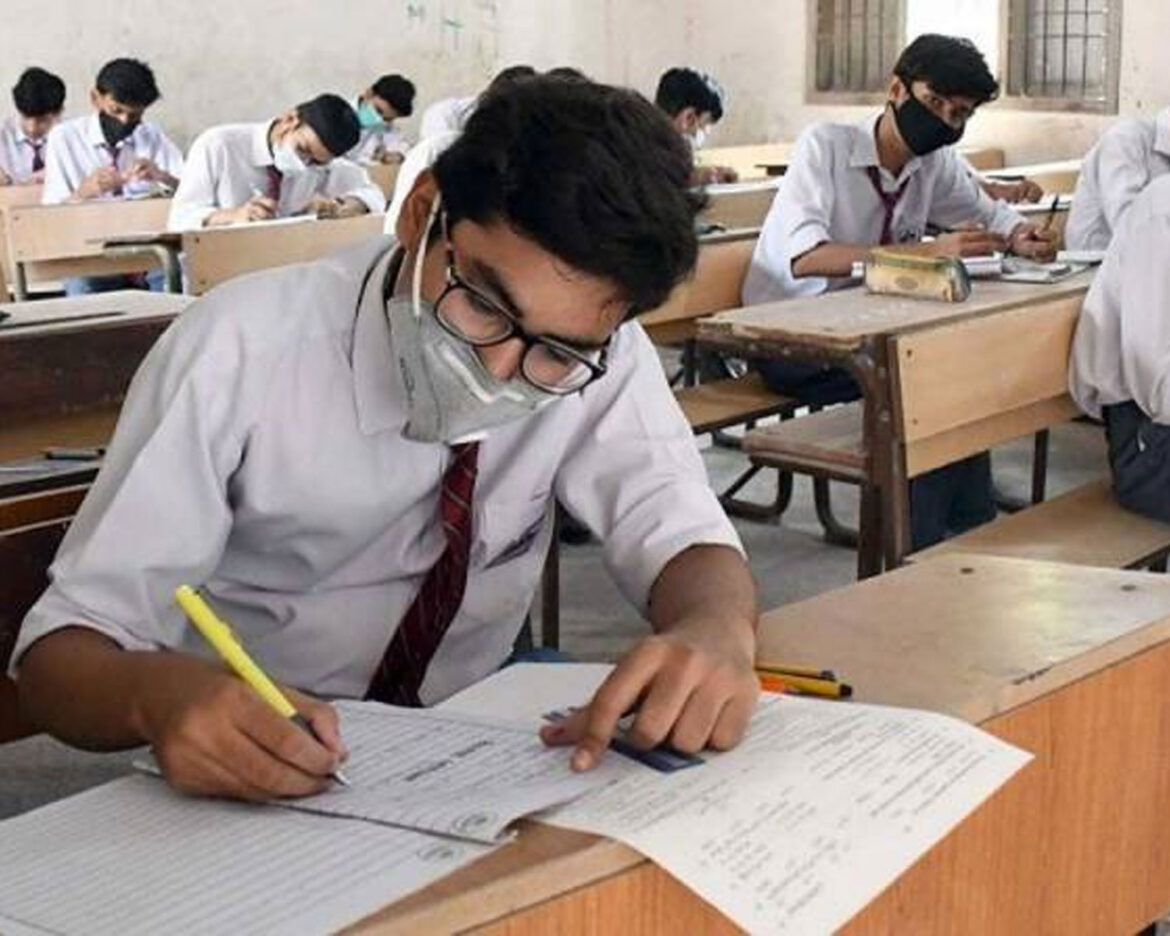In a surprising turn of events, the eagerly anticipated transition from the traditional total marks system to the globally renowned Grade Point Average (GPA) and Cumulative Grade Point Average (CGPA) method of scoring has been halted for a year in Pakistan. The proposed new 10-point grading system, intended to be implemented for matriculation and intermediate levels, has been put on hold across the country, including Sindh. As a result, education boards nationwide will continue to employ the existing old system to prepare this year’s matriculation and intermediate level results.
The Secretary for the Inter Boards Coordination Commission (IBCC), Dr. Ghulam Ali Malah, officially confirmed the delay during an interview with The Express Tribune. Dr. Malah explained, “Some education boards had raised an objection that since the decision to implement the new system was taken during the session, it should be implemented from the next academic session instead of the current session. After which it was decided to postpone the implementation of the new grading system for a year.”
This delay comes after the unanimous decision in December 2022 to introduce the new 10-point grading system at matriculation and intermediate levels across all education boards in Pakistan. Plans were also underway to conduct training workshops for exam controllers to ensure a smooth transition. However, the postponement offers examiners and educators a sigh of relief, granting them more time to familiarize themselves with the new system before making the shift, particularly in Sindh, where the least preparation had been undertaken for the implementation.
The existing grading system, known as the 7-point alphabetical grading system, mandates that students need to secure just 33 percent of the total marks to pass their examinations. In stark contrast, the proposed new system increases the passing threshold to 40 percent, while substituting the traditional total marks with GPA and CGPA calculations. Additionally, the new system introduces cosmetic alterations, including redefining the meaning of each grade.
Under the new system, students achieving 95 to 100 percent marks will be awarded an A++ grade, denoting “exceptional” performance. Similarly, an A+ grade will signify “outstanding” for those attaining 90 to 95 percent marks, and an A grade will represent “remarkable” for scores ranging from 85 to 90 percent. B++ will be associated with “excellent” performance for marks between 80 and 85 percent, while B+ will translate to “very good” for scores within the 75 to 80 percent range. A B grade will indicate “good” for marks from 70 to 75 percent, and a C grade will reflect “fair” for those scoring between 70 and 60 percent. D grade will indicate “satisfactory” for marks ranging from 60 to 50 percent, and an E grade will denote “sufficient” for scores between 50 and 40 percent. Marks below 40 percent will be labeled “unsatisfactory,” a departure from the previous classification of ‘fail’ on students’ result cards.
Though the implementation of this transformative grading system has been postponed, the educational community remains optimistic about the eventual integration of GPA and CGPA metrics, poised to bring about a modernized evaluation process in Pakistani education.



